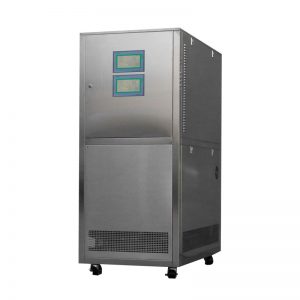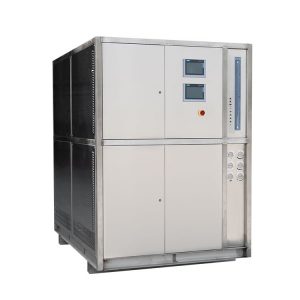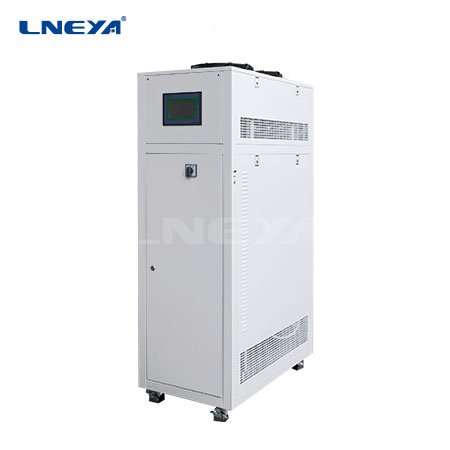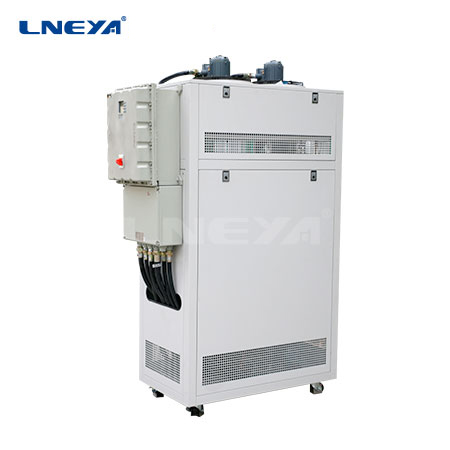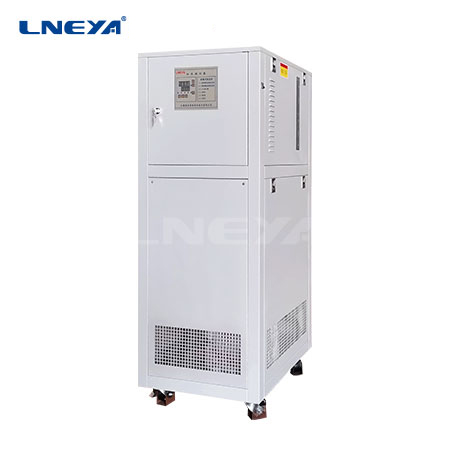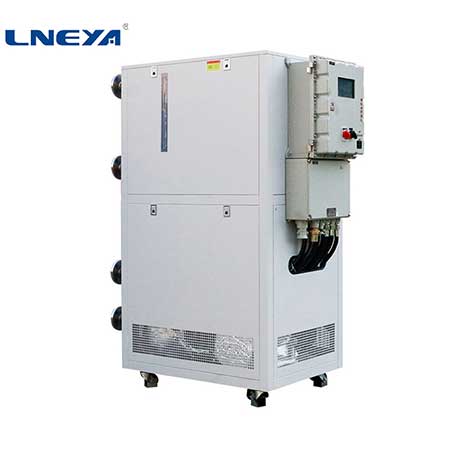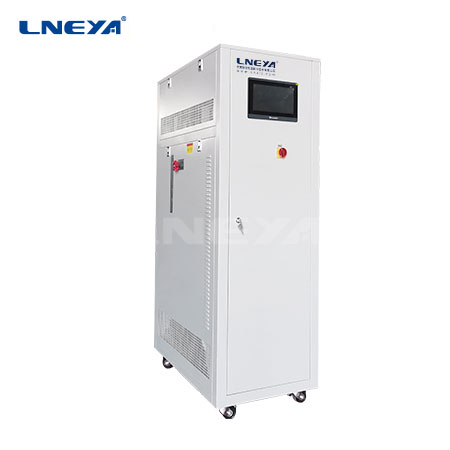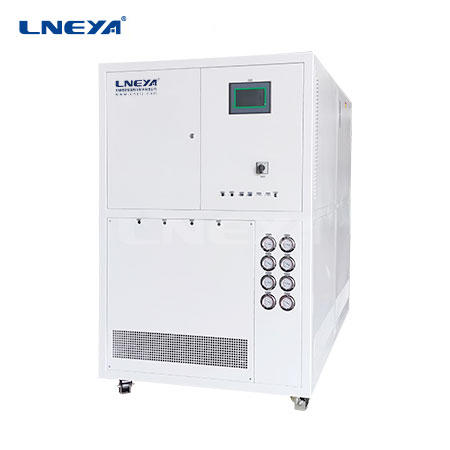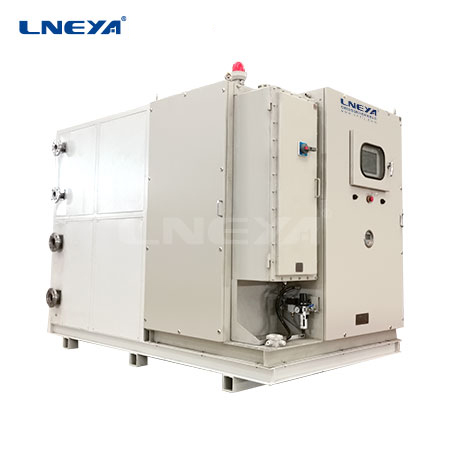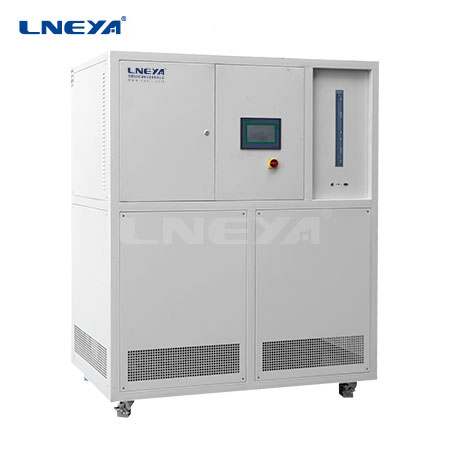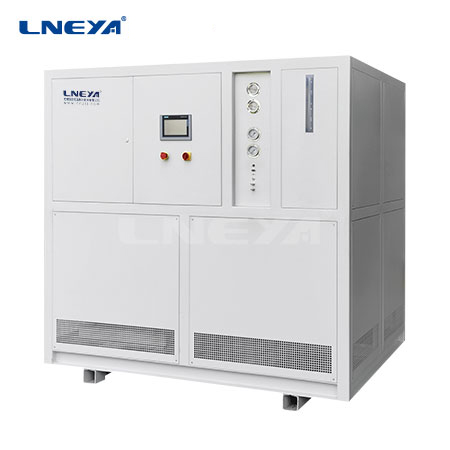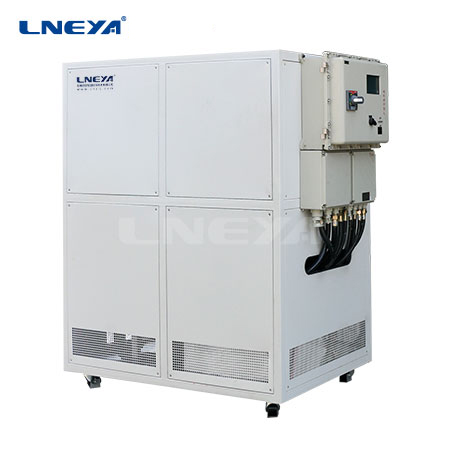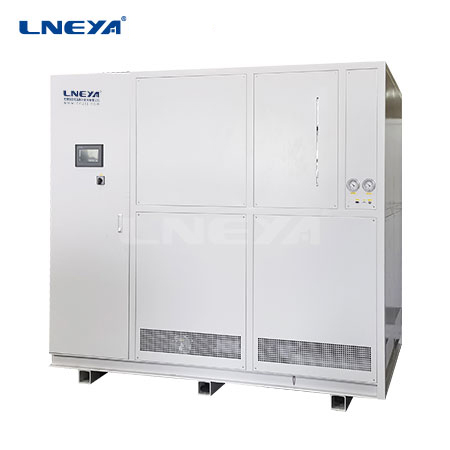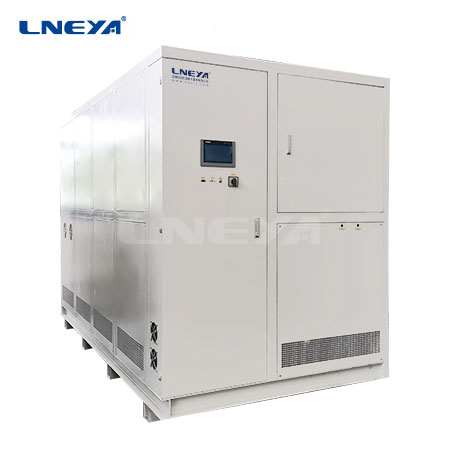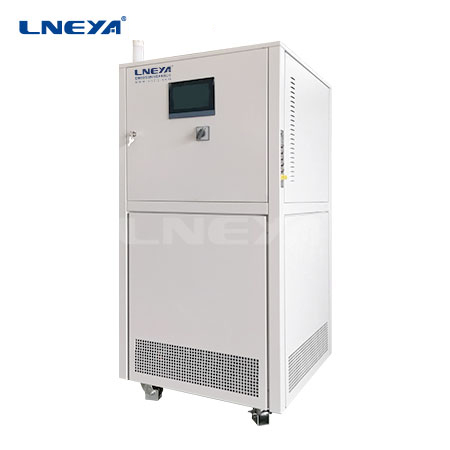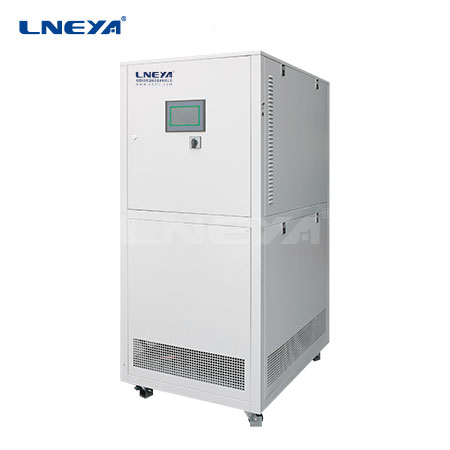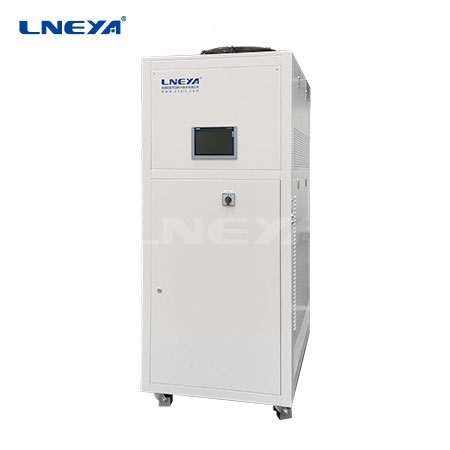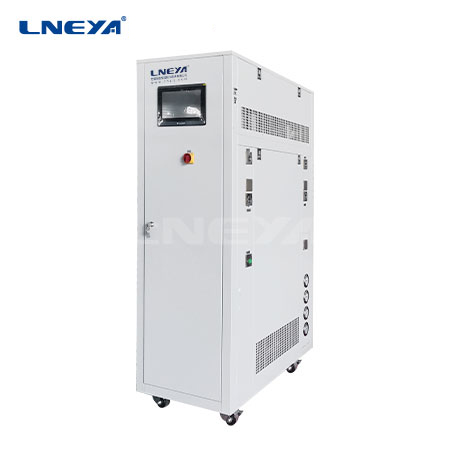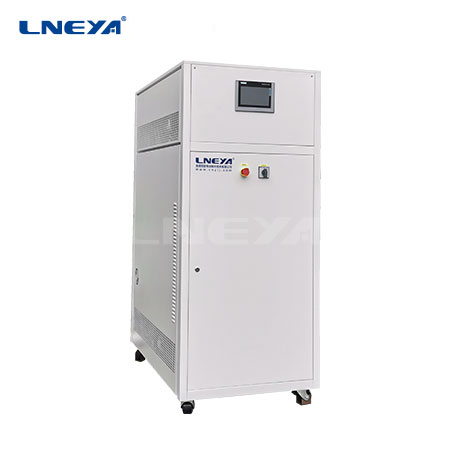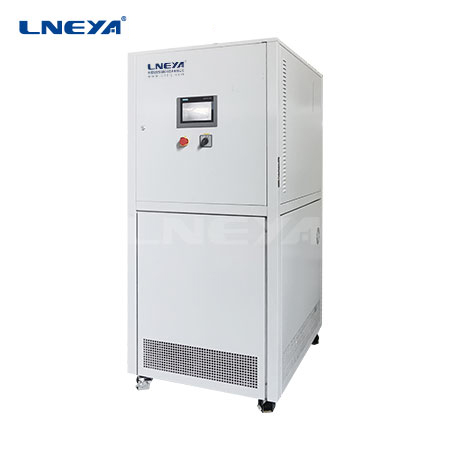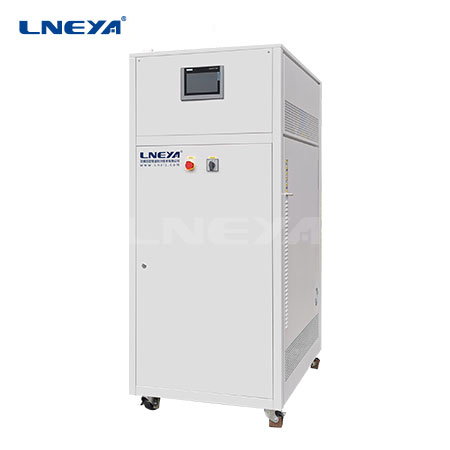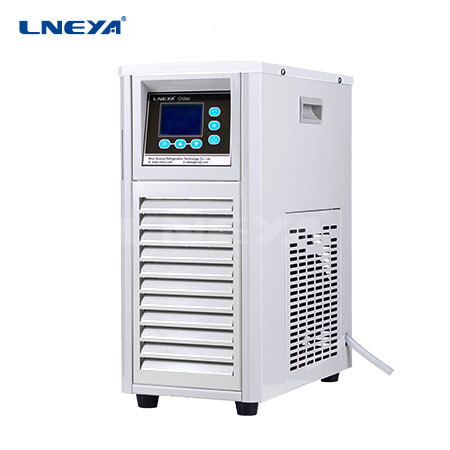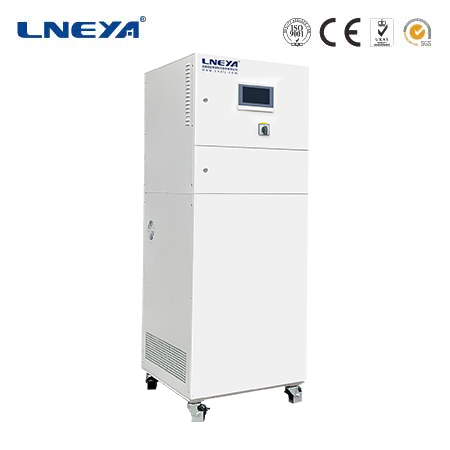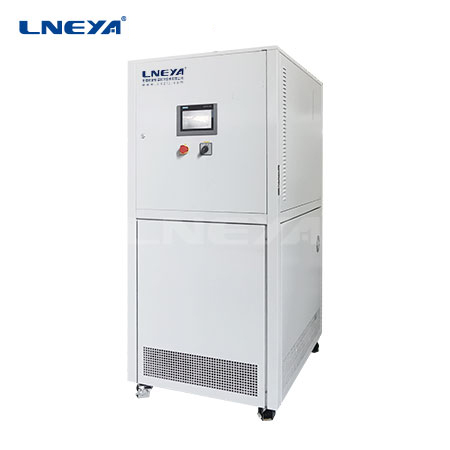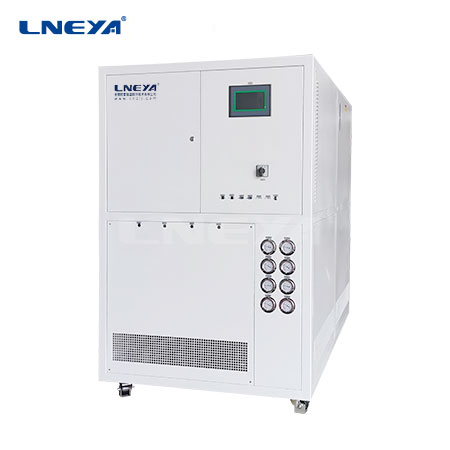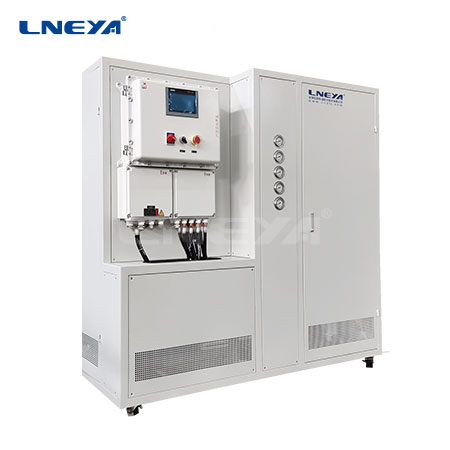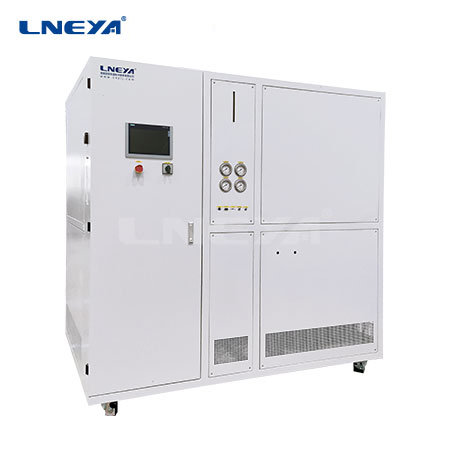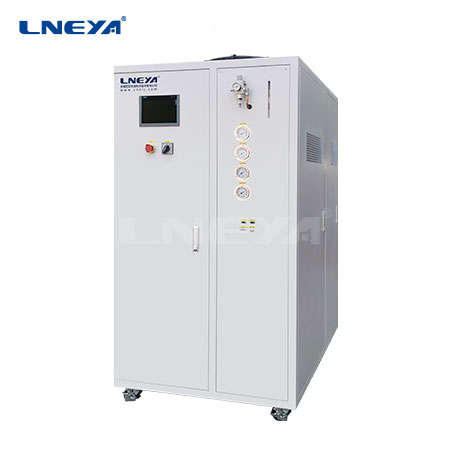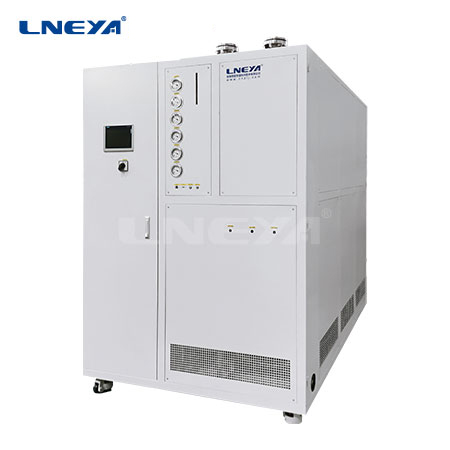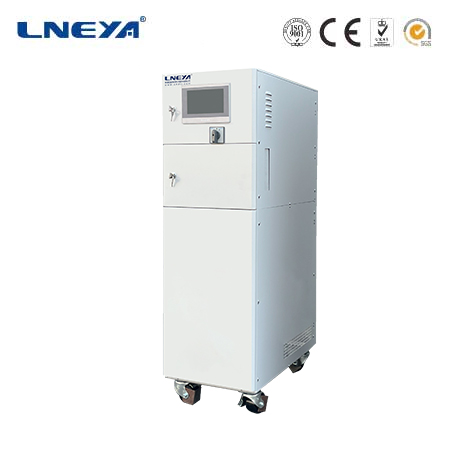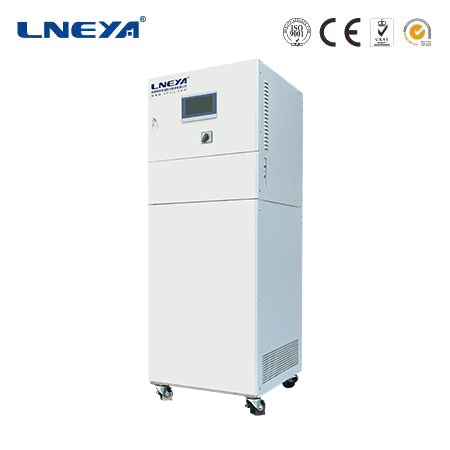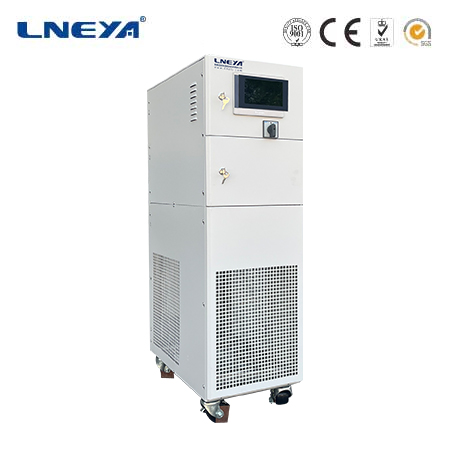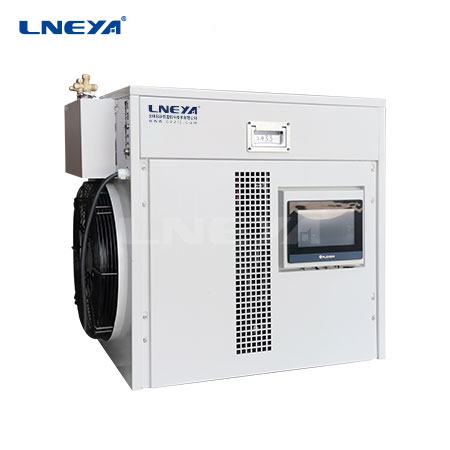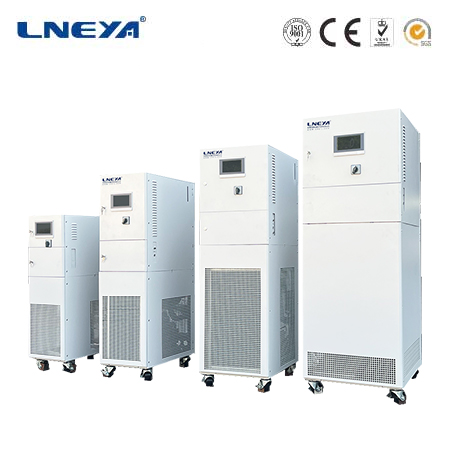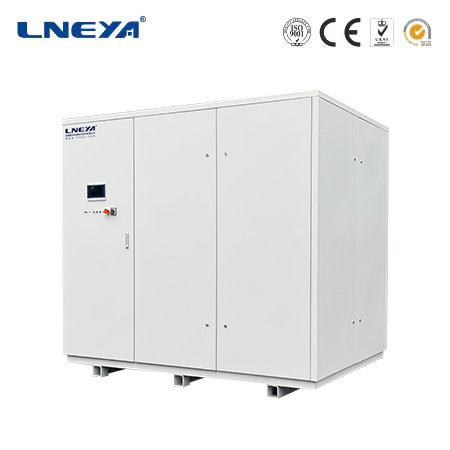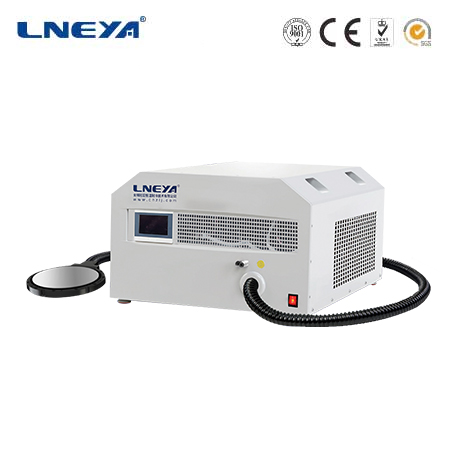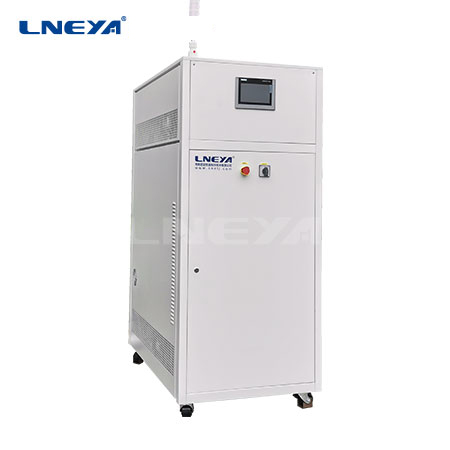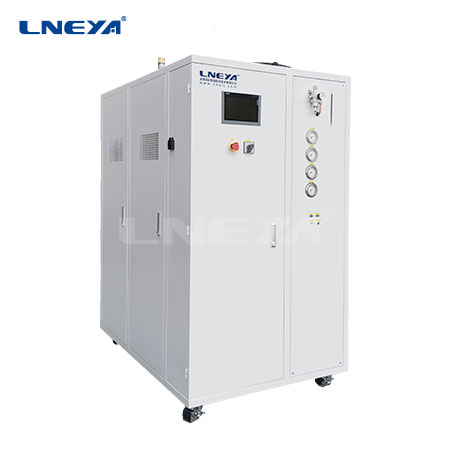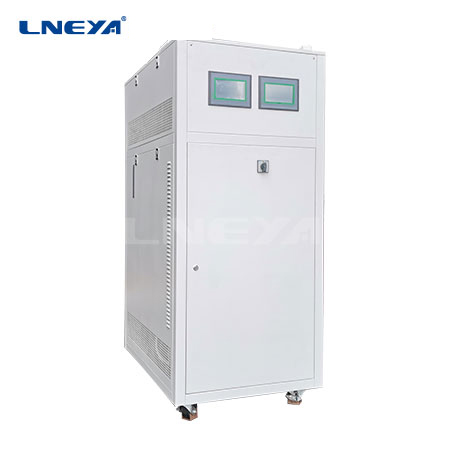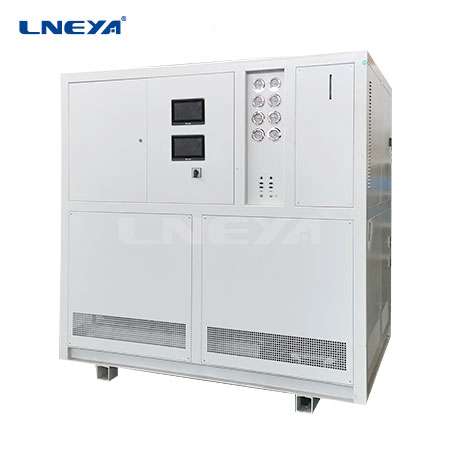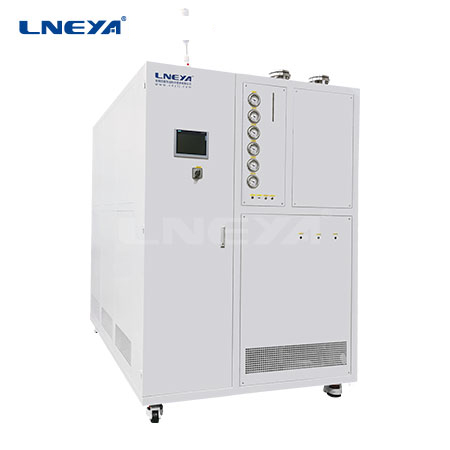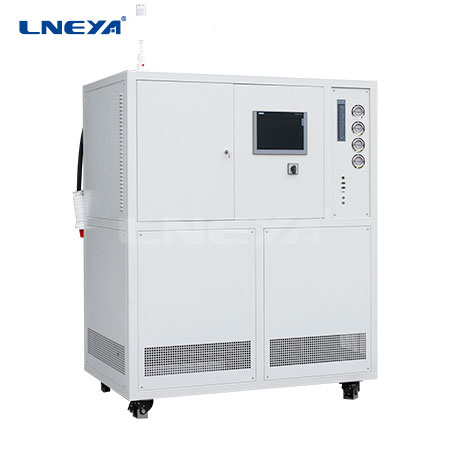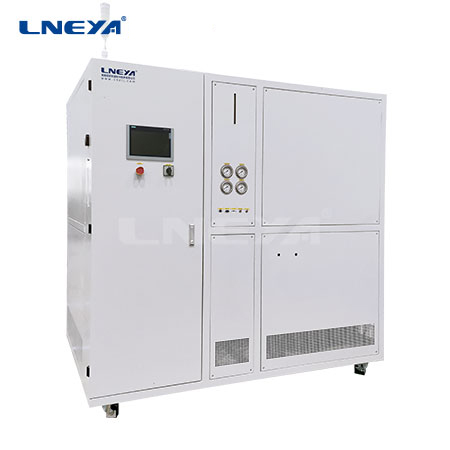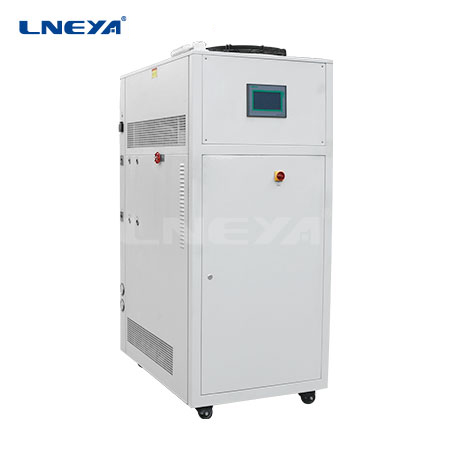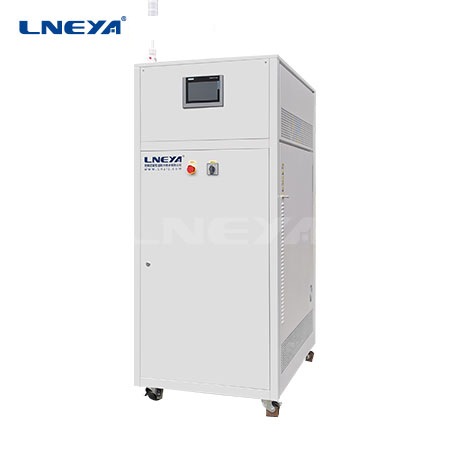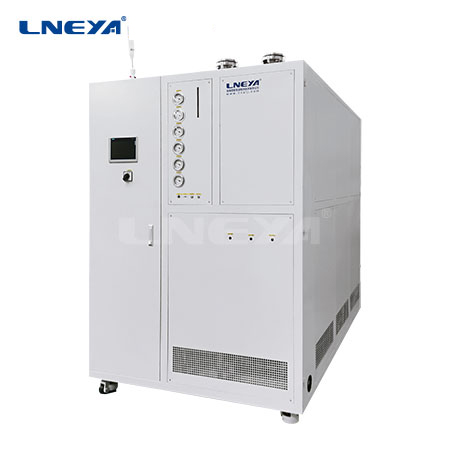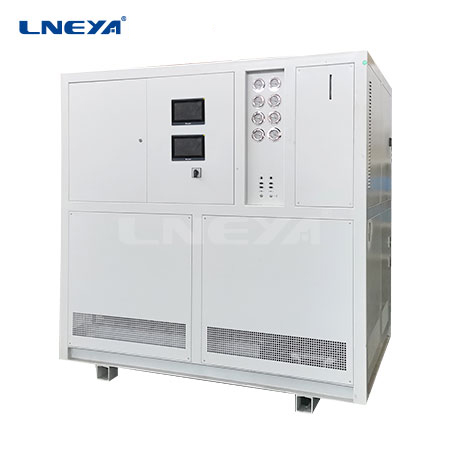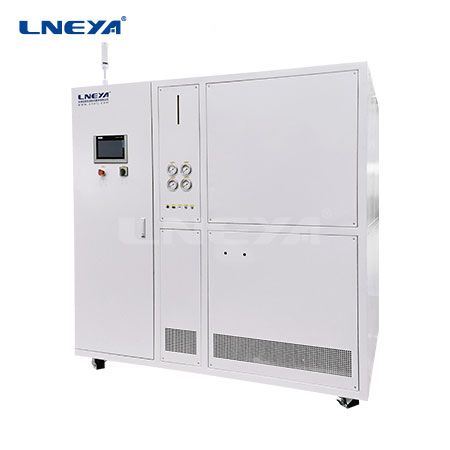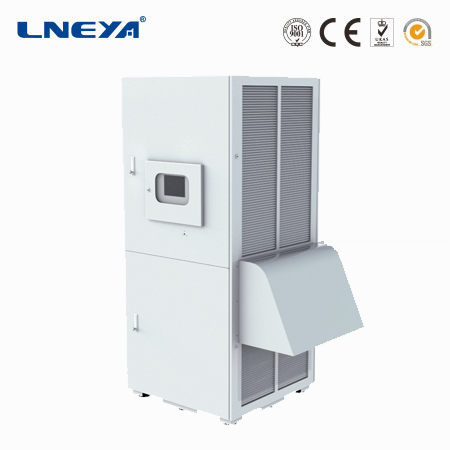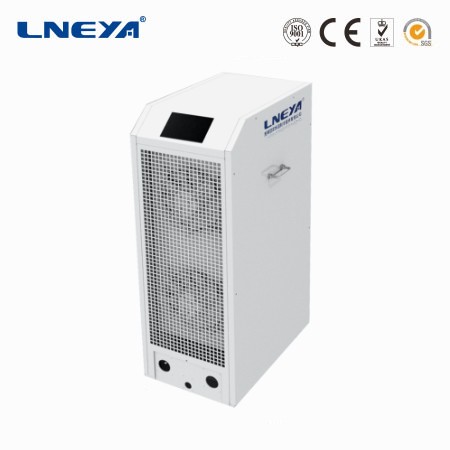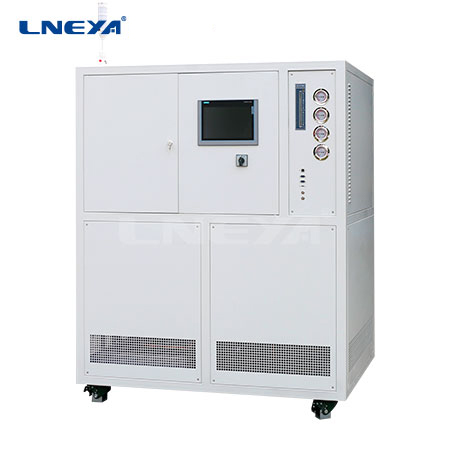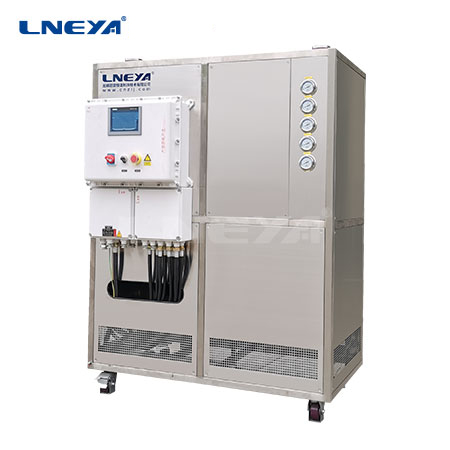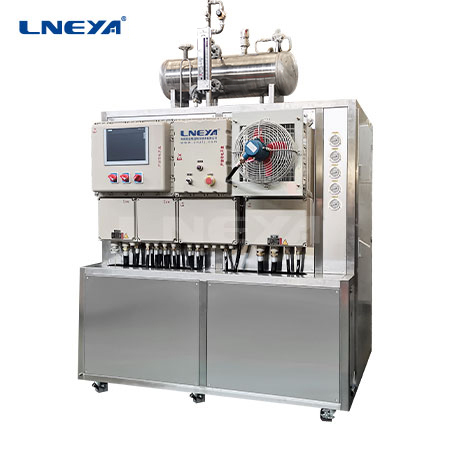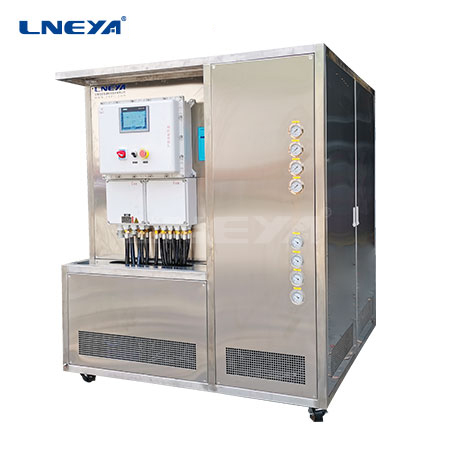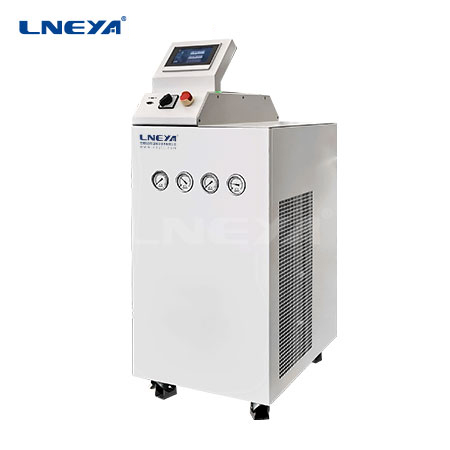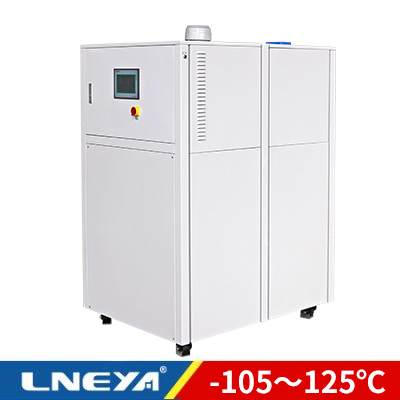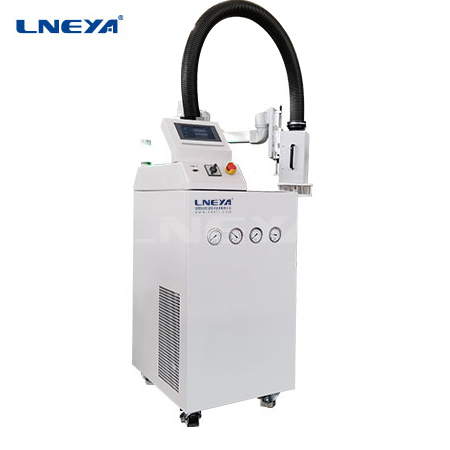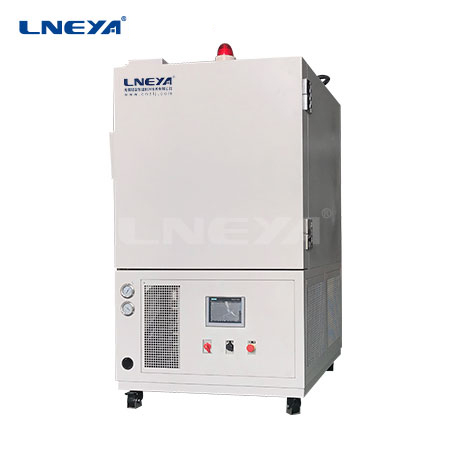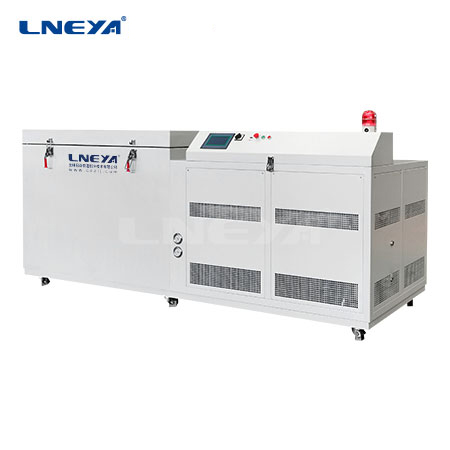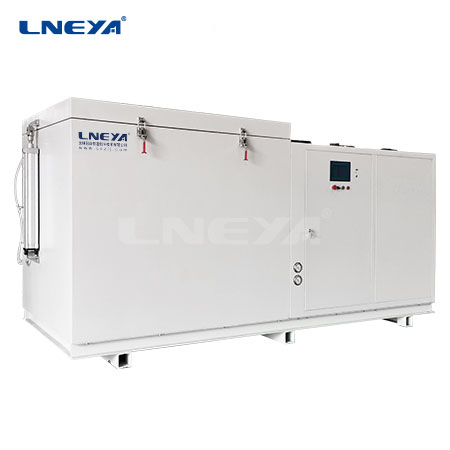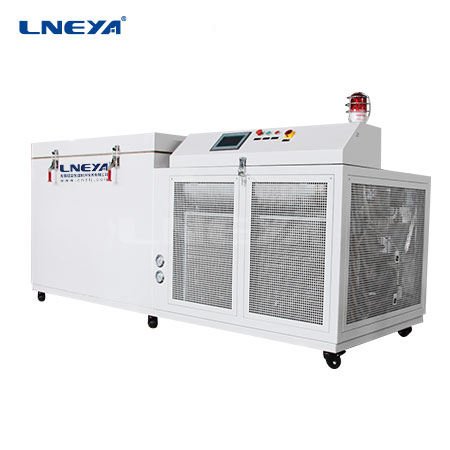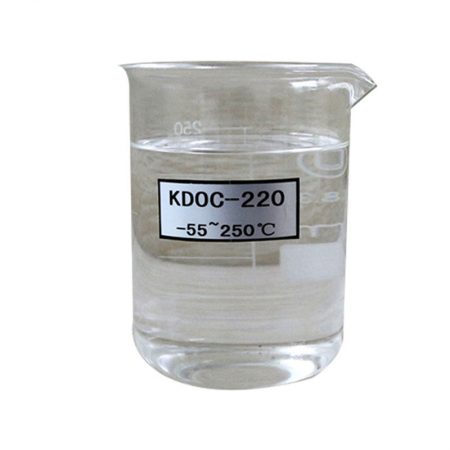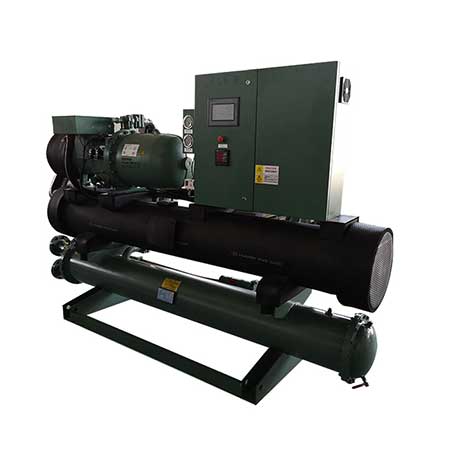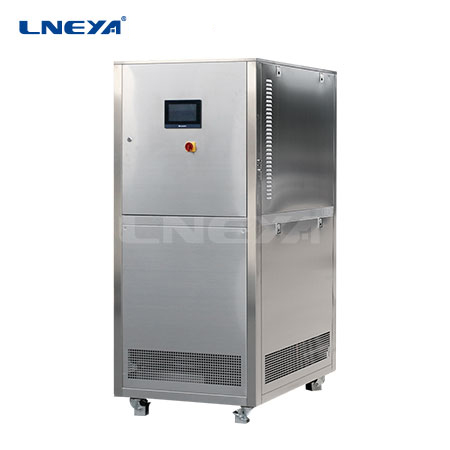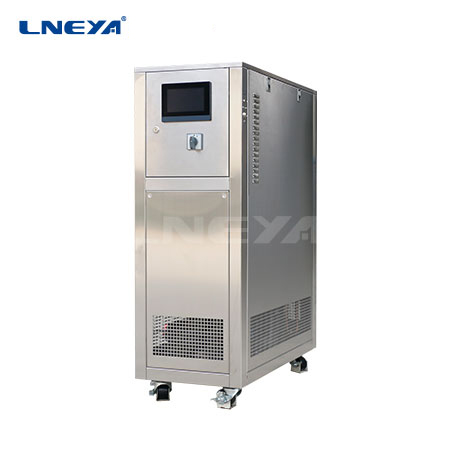Air Cooled Chillers
Contact Us Today For The Perfect Cooling Solution
The air-cooled chiller, also known as the air-cooled box-type industrial chiller, is a kind of equipment for various industries with different processes, and the equipment is cooled to achieve the purpose of the process. It is widely used in electronics, electroplating, chemical, mechanical, chemical, laser, pharmaceutical, medical and other industries. Because the source of its heat exchange is gas, it is equipped with a special fan, so it is called an air-cooled chiller.
The industrial air-cooled chiller is mainly suitable for plastics. It can precisely control the temperature of the plastic molding mold to shorten the molding cycle and accelerate the product shape. Using the principle of cold and heat exchange for cooling, the temperature can be quickly cooled and the temperature control is stable. And not affected by environmental factors, it is an indispensable configuration equipment in modern industry.

We are a designer and manufacturer of water chiller. We have designed OEM chillers for aerospace, automotive, defense, energy, chemical, industrial, medical, and semiconductor application, all delivered with capabilities specific to the demanding needs of our customers. We provide non-standard customized water chiller solutions. Both single cooling chillers and cooling & heating chillers are available.
We have dealers in many countries around the world, such as: United States, Russia, Australia, Sweden, Israel, Czech Republic, Malaysia, Singapore, Indonesia, Thailand, South Korea, India, etc. You can contact us or contact your local dealer directly.
Any temperature range from -150℃ ~ +350℃ and any cooling capacity can be customized
Email us today to get your chiller
1.Low Temperature Air Cooled Chillers
- Temperature range: -150℃ ~ +35℃
- International brand compressor, cascade refrigeration technology
- Use ethylene glycol or a mixture of ethylene glycol and water
- Fully sealed design to ensure the purity of the medium
Low Temp / Cryogenic Air Cooled Chillers
| Temperature range | -25°C ~ -5°C series | -45°C ~ -10°C series | -60°C ~ -10°C series | -80°C ~ -30°C series | -110°C ~ -50°C series | -150°C ~ -110°C series |
| Cooling Capacity | 12 ~ 360kW | 6 ~ 180kW | 6 ~ 180kW | 4 ~ 180kW | 2 ~ 120kW | 2.5 ~ 11kW |
Air Cooled Recirculating Chillers
| Temperature range | -25°C ~ +30°C series | -45°C ~ +30°C series | -60°C ~ -20°C series | -80°C ~ -20°C series | -120°C ~ -70°C series |
| Cooling Capacity | 0.8 ~ 30kW | 0.75 ~ 12kW | 0.4 ~ 6kW | 0.2 ~ 6kW | 0.3 ~ 5kW |
Small Air Cooled Chillers
| Temperature range | -18°C ~ +30°C | +5°C ~ +35°C series |
| Cooling Capacity | 0.35 ~ 0.9kW | 1.8 ~ 50kW |
High Temp Air Cooled Chillers
| Temperature range | +5°C ~ +40°C | -25°C ~ +40°C | -45°C ~ +40°C | -80°C ~ +80°C | -100°C ~ +80°C |
| Cooling Capacity | 6 ~ 40kW | 2 ~ 15kW | 1 ~ 8kW | 0.6 ~ 3kW | 1.5 ~ 3kW |
2. Cooling & Heating Air Cooled Chillers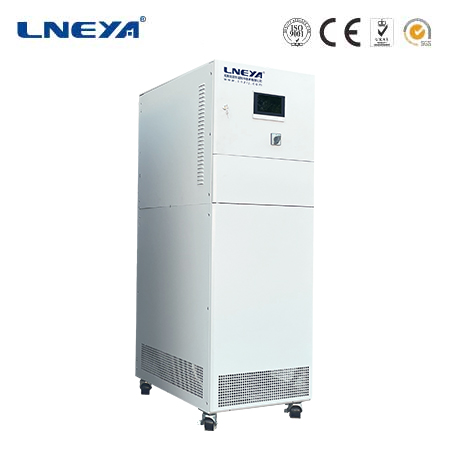
- Temperature range: -120℃ ~ +350℃
- High-precision, intelligent temperature control
- Cooling capacity: 0.5kW ~ 1200kW
- Automated control and operation, efficient and energy-saving
Cooling/Heating Air Cooled Chillers
| Temperature range | -10 ~ +150°C series | -25 ~ +200°C series | -25 ~ +300°C series | -45 ~ +250°C series | -45 ~ +300°C series | -60 ~ +250°C series | -60 ~ +300°C series | -70 ~ +250°C series | -80 ~ +250°C series | -90 ~ +250°C series | -100 ~ +100°C series |
| Cooling Capacity | 1.5 ~ 15kW | 1 ~ 200kW | 1 ~ 200kW | 0.45 ~ 200kW | 0.9 ~ 25kW | 0.25 ~ 60kW | 0.75 ~ 25kW | 0.4 ~ 15kW | 0.3 ~ 80kW | 0.2 ~ 80kW | 0.45 ~ 80kW |
Cooling/Heating Air Cooled Recirculating Chillers
| Temperature range | -25°C ~ +200°C series | -45°C ~ +250°C series |
| Cooling Capacity | 1 ~ 15kW | 0.25 ~ 15kW |
Cooling/Heating Air Cooled Chillers
| Temperature range | -70°C ~ +300°C | -45°C ~ +250°C | -70°C ~ +200°C |
| Cooling Capacity | 1.1 ~ 7.5kW | 1.5 ~ 5.5kW | 11 ~ 50kW |
3.Air Cooled Chillers for Semiconductor
- Applications in semiconductor manufacturing and processing
- International brand compressor, precise temperature control
- Energy saving and environment friendly
- Fully sealed design to ensure the purity of the medium
| Temperature range | -45°C ~ +250°C series | -85°C ~ +200°C series | -60°C ~ +200°C series |
| Cooling Capacity | 0.3 ~ 25kW | 0.25 ~ 25kW | 3 ~ 60kW |
| Temperature range | +5°C ~ +40°C | -25°C ~ +40°C | -45°C ~ +40°C | -80°C ~ +80°C | -100°C ~ +80°C |
| Cooling Capacity | 6 ~ 40kW | 2 ~ 15kW | 1 ~ 8kW | 0.6 ~ 3kW | 1.5 ~ 3kW |
| Temperature range | -20°C ~ +90°C | -45°C ~ +80°C | -10°C ~ +80°C | -20°C ~ +100°C |
| Cooling Capacity | 4kW | 5 ~ 13kW | 3 ~ 6kW | 8 ~ 15kW |
4.Air Cooled Chillers for Automotive
- Applications in automotive manufacturing and processing
- International brand compressor, precise temperature control
- Energy saving and environment friendly
- Fully sealed design to ensure the purity of the medium
| Temperature range | -25°C ~ +100°C | -40°C ~ +100°C | 0°C ~ +100°C | -40°C ~ +135°C |
| Cooling Capacity | 2.8 ~ 38kW | 1.2 ~ 60kW | 1.8 ~ 60kW | 4 ~ 60kW |
| Temperature range | 0℃ ~ +160℃ | +5℃ ~ +135℃ |
| Cooling Capacity | 11 ~ 60kW | 15 ~ 38kW |
| Temperature range | -40°C ~ +135°C |
| Cooling Capacity | up to 60kW |
| Types | Direct Cooling | Direct Cooling & Heating |
| Cooling Capacity | 5 ~ 10kW | 5 ~ 10kW |
We offer a variety of chiller types
We provide complete chillers design and manufacturing. From standard models to complete customized products.
We specialized in customer service and are dedicated to helping each customer have the optimal temperature control system for their specific need.
Please contact us for the latest chiller catalog and prices
Email: lilia@lneya.com WeChat ID: +8615251628237 WhatsApp: +86 17851209193

Our chillers can be used for any industry
Including but not limited to the following industries
(A – Z)
| Aerospace | Anodizing & Plating | Automotive | Battery |
| Biotechnology | Brewery | Cannabis Extraction & Distillation | Casting Industry |
| Chemical | Commercial Buildings and Homes | Converting Industry | Cosmetics Workshops |
| Dairy Milk Processing | Data Center | Die Casting | Electric Car Battery |
| Energy Storage | Food & Beverage | Hazardous Processing | Heat Treating |
| Hospitals | Hydraulic Press | Industrial Manufacturing | Injection Molding |
| Integrated circuits test | Laboratory | Laser Cutting | Marine Solutions |
| Medical | Metal Finishing | Mining | Misting Equipment |
| Optical Coating | Paint Production Workshops | Pharmaceutical | Plastics Processing |
| Oil and Gas | Power Generation | Printing | Reactors |
| Renewable Natural Gas | Rotary Evaporator | Semiconductor Manufacturing | Textile and Yarn Industry |
| Thermal Spray | Thermal Vacuum Test | Waste Water Treatment | Welding Machines |
Customer application cases
 |  |  |  |  | |
 |  |  |  |  |  |
 |  |  |  |  |  |
 |  |  |  |  |  |
 |  |  |  |  |  |
Why Choose Us?
We specializes in custom chiller systems. We have our liquid chiller system designs in everything from semiconductor process equipment, FCEV Hydrogen Refeuling Stations and Bio-Pharmaceutical OEM process control systems. LNEYA can design any shape to fit around your equipment, pump selections to meet all your needs, air-cooled, water-cooled, multiple cooling loops. Special interface requirements, digital or analog, pump output heat transfer fluid flow and pressure control, temperature cycling and ramping all available.
Please contact us if you require a temperature control system specifically tailored to your needs. We will be happy to advise you individually and find the right solution for you. It is also possible to show you reference projects that have similar requirements and have already been realized.
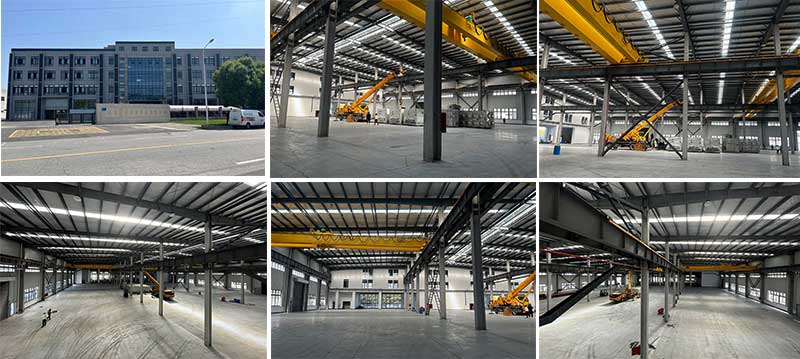
Custom Solutions for your Process Needs
CUSTOM OPTIONS
- CUSTOM CHILLER SIZES
Whether it is portable, compact, large and small chillers, we can custom design them according to your requirements.
No matter how many tons of chiller you need, we can create the best solution.
- CUSTOM TEMPERATURE RANGES
We can create a custom solution for temperatures from -150℃ to +350℃.
Custom temperature ranges for specific industries.
- CUSTOM COOLING CAPACITY
We offer a very wide range of cooling capacities for various industries.
- CUSTOM CHILLER TYPES
We provide chillers of various refrigeration types, including but not limited to air-cooled, water-cooled and evaporative-condensing chillers.
Regardless of the type of refrigeration compressor, we can design it according to your requirements.
- CUSTOM CHILLER ACCESSORIES
We use a variety of internationally renowned accessories, all of which can be customized for your needs, such as compressors, evaporators, heat exchangers, circulation pumps, controllers, expansion valves and shell materials, etc.
- CUSTOM CHILLER VOLTAGE
Customize chiller voltage and phase according to your needs.
Optional 110V/60HZ, 220V/60HZ, 380V/50HZ, 220V/50HZ, 400V/50HZ, 460V/60HZ, 440V~480V/60HZ, etc.
- OTHER CUSTOMIZED SOLUTIONS
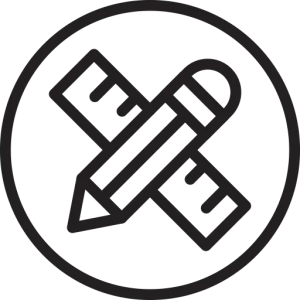
Our Advantages
We specializes in custom temperature control systems. We have our liquid chiller system designs in everything from Semiconductor process equipment, FCEV Hydrogen Refeuling Stations and Bio-Pharmaceutical OEM process control systems. LNEYA can design any shape to fit around your equipment, pump selections to meet all your needs, air-cooled, water-cooled, multiple cooling loops. Special interface requirements, digital or analog, pump output heat transfer fluid flow and pressure control, temperature cycling and ramping all available.
Please contact us if you require a temperature control system specifically tailored to your needs. We will be happy to advise you individually and find the right solution for you. It is also possible to show you reference projects that have similar requirements and have already been realized.
Contact Us For Custom Solutions
Contact Us for further assistance with all standard and custom chiller needs
Dear Sir/Madam, please fill out the form below and one of our team members will be in touch shortly!
Email: info@lneya.com WeChat ID: +8615251628237 WhatsApp: +86 17851209193

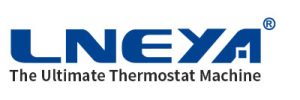 LNEYA
LNEYA
 简体中文
简体中文








